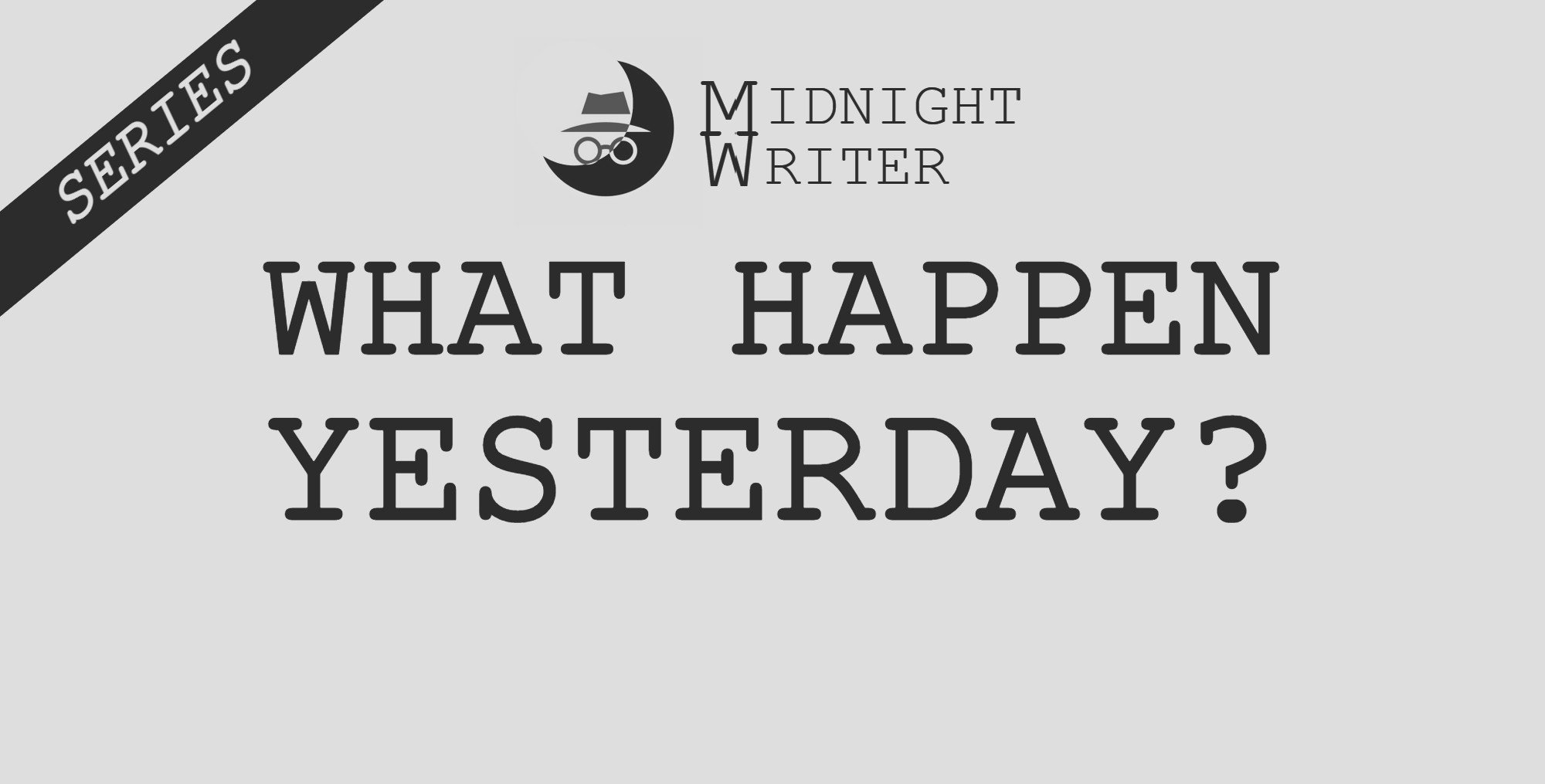02/21 What Happen Yesterday?

Published by Communist Manifesto by Karl Marx and Friedrich Engels
February 21, 1848
On this day in 1848, a pamphlet entitled Manifest der Kommunistischen Partei or "The Communist Manifesto" was published in London, United Kingdom. It is the work of a German philosopher, economist and political theorist Karl Marx, with the help of another German philosopher and political theorist Friedrich Engels, and also the collaboration of a group of German revolutionary London-based socialist Communist League.
The Communist Manifesto is a pamphlet that has become the universal basis of the idea of communism one of the most influential pamphlets in history. Marx began writing it in 1847, based on the ideas that Friedrich Engels first wrote for the Communist League.
Such a brochure contains his theory of the more powerful and radical form of socialism, communism. Here he also presented analytical studies on the factors in the deep rivalry between the proletariat or the working class, and the bourgeoisie or those belonging to the affluent classes and businessmen. Also according to the words of Marx and Engels, the root of the history of society can be traced to the history of the struggle of social classes.
The ideas Marx proposes in such a manifesto are not new, but he proposes the overthrow and overthrow of all social classes, and the beginning of a global revolution of the working class against the capitalists. At the end of the manifesto is a strong and powerful spirit "Stand up, workers all over the world! Get out of your chains".
His pamphlet did not immediately bite the attention of Europeans, but he was forced to leave his country because of it. But its influence grew stronger in France, when there was a revolt against their monarchical government because of its ban on the formation of organizations and movements, especially of the socialists. Their king Louis Philippe was overthrown in 1848, and from France the revolution spread throughout Europe, particularly to Germany, where Marx came from. But in the same year, the revolution that Marx sought also ended, but he continued to promote the idea of communism.
Following the Das Kapital published by Marx in 1867, the Communist Manifesto became the main reference of communist theory. Again the successful application of these ideas can be seen a few years after Marx's death in 1888, in Russia, by a Marxist Vladimir Lenin.
Painter Felix Resurreccion Hidalgo was born
February 21, 1853
Apart from Juan Luna, Felix Resureccion Hidalgo y Padilla is another Filipino artist who has shown the talent of our race in the field of art in other parts of the world. He was born today in 1853 in the Binondo district, Manila, and is the third of five children of Eduardo Resureccion Hidalgo and Maria Barbara Padilla.
He studied at the University of Santo Tomas in law, but it was there that painting caught his attention more. He did not finish his course, when he entered the Escuela de Dibujo y Pintura in 1876. His first works "La Barca" or The Boat, and "Vendedora de Lanzones" or Salesman of Lanzones were featured in an art exposition in Pennsylvania in the United States. He also painted his work "Los Mendigos" or Mga Pulubi, and he also won second prize in the contest for the cover design of the book "Flora de Filipinas".
Felix was sent to Spain as a scholar or pensioner, by the Ayuntamiento de Manila. There his artistic skills were further developed.
In 1884, at the Exposicion General de Bellas Artes in Madrid, his painting "Las Virgenes Cristianas Expuestas al Populacho" or The Christian Maiden was presented and won a silver medal. His work reflects the condition of the early Christians in ancient Rome, when they were persecuted and tortured by the Romans because of their religion. Juan Luna's work Spoliarium also won the art exhibit, earning the highest award. Dr. Jose Rizal in June 1884 a long speech at a party in Madrid in honor of Luna and Hidalgo's victory in such a contest.
In the ensuing art exhibits in Madrid in 1887, Hidalgo's works "La Banca de Aqueronte" or Charon's Boat of Souls, and "Laguna Estigia" or The Lake of Styx, won gold medals. also featured in an art exhibit at the Exposition Universelle in Paris, France and won a silver medal.
Aside from being an artist, he was also a supporter of the Propaganda movement that was promoting the reforms that the Philippine colonial government needed to implement. Hidalgo also made a portrait of Jose Rizal.
Hidalgo once again impressed the public with his works "Adios del Sol" or Farewell, and "El Crepusclo" or The Dawn at an international art exhibit in Madrid to Chicago, Illinois in 1893, and at the Exposicion Artistica de Bilboa and at a national art exhibit in Manila in 1895. His works "Oedipus y Antigone (Oedipus and Antigone), El violinista (The Violinist), Cabeza Napolitana (Leader of a Neapolitan), Cabeza del viejo ( Head of the Elder), Un religioso (A Religious) at an art salon on the Champs-Elysées in Paris Hidalgo once again won a medal at an art exposition in St. Louis, Missouri in 1904. One of his last works he is his self-portrait of himself in 1901. His works can be aligned with the style of Neoclassicism and Romanticism.
Hidalgo died in Barcelona, Spain on March 13, 1913 at the age of 58. He was first buried in Spain before his bones were transferred to the musoleum of the Hidalgo family in Manila North Cemetery.
Copyright © 2021 MidnightWriter. All Rights Reserved